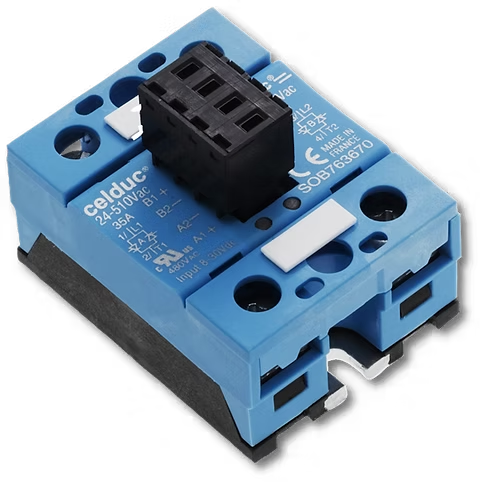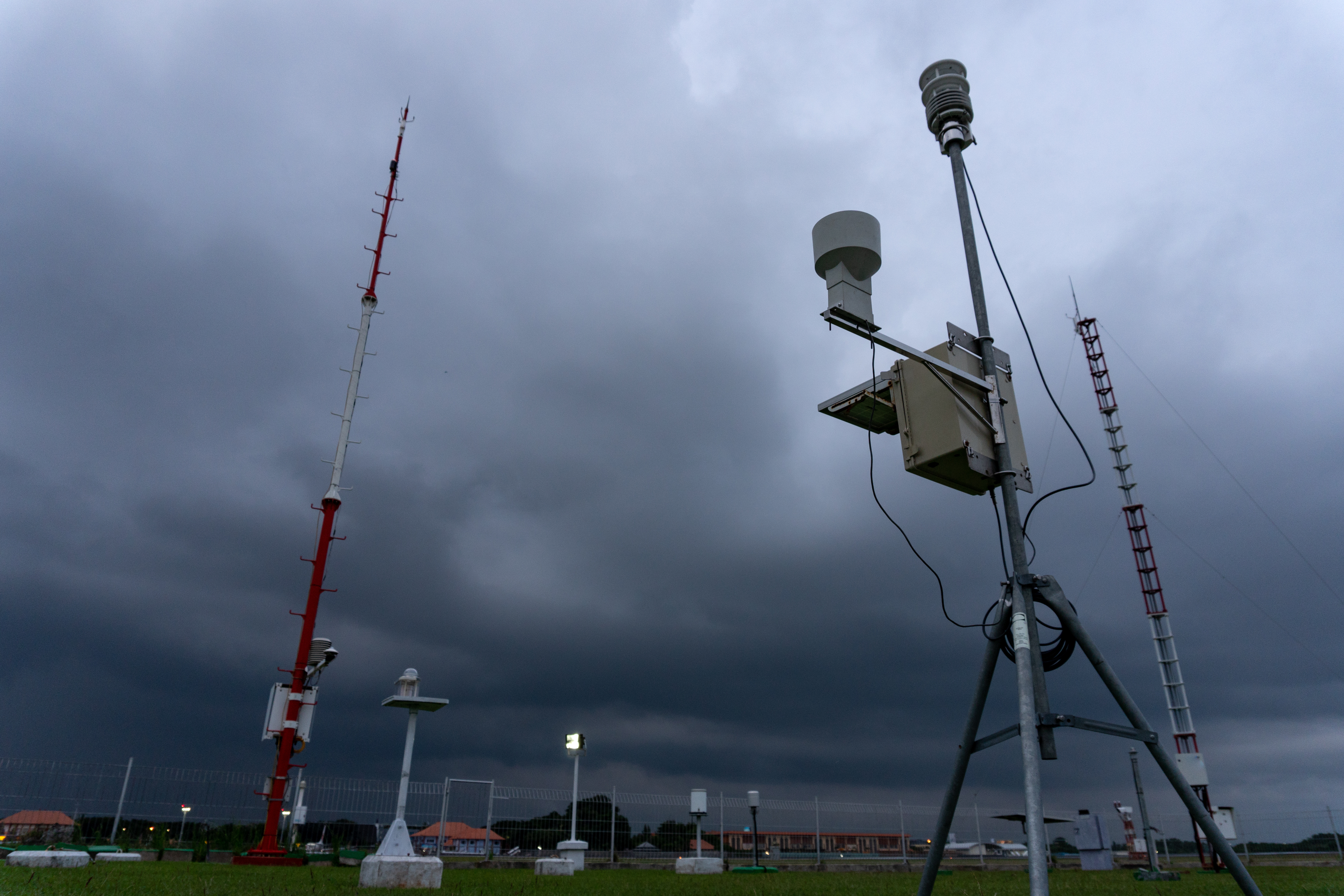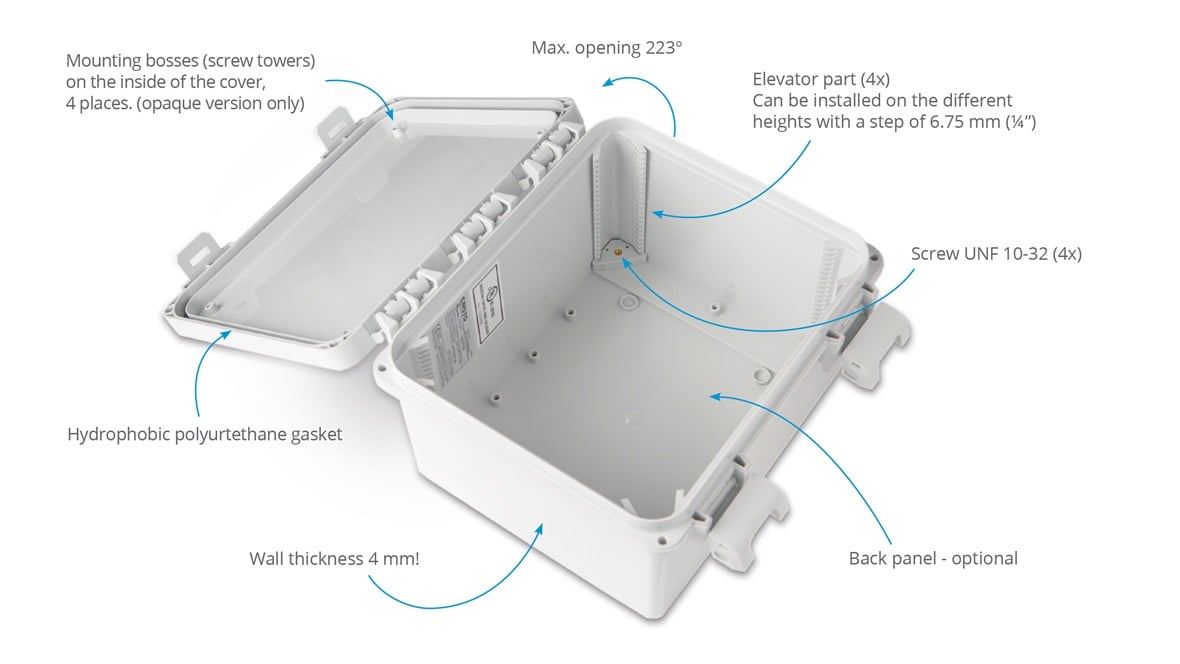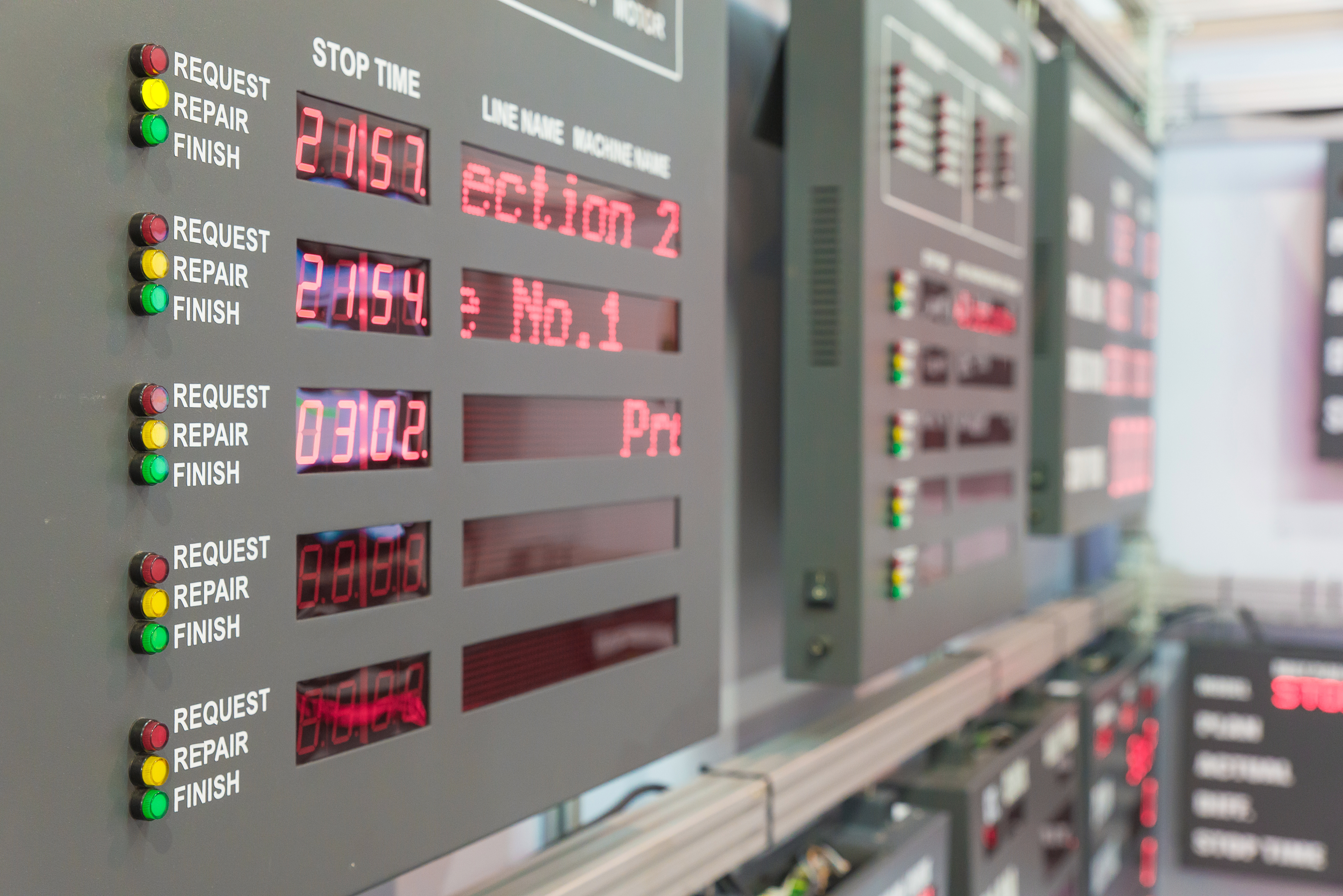Self-Driving Vehicles are the future of transportation and are quickly becoming a reality. But what functional components are inside a self-driving vehicle that makes it so advanced? In this blog, we will be exploring the elements of self-driving vehicles and how they work together to make these autonomous vehicles a reality.
COmponents Overview
Due to their sophisticated design, Self-Driving Vehicles can operate without a driver behind the wheel. The inner workings of a self-driving car are made up of several components that allow the vehicle to sense its environment, process data, and make decisions.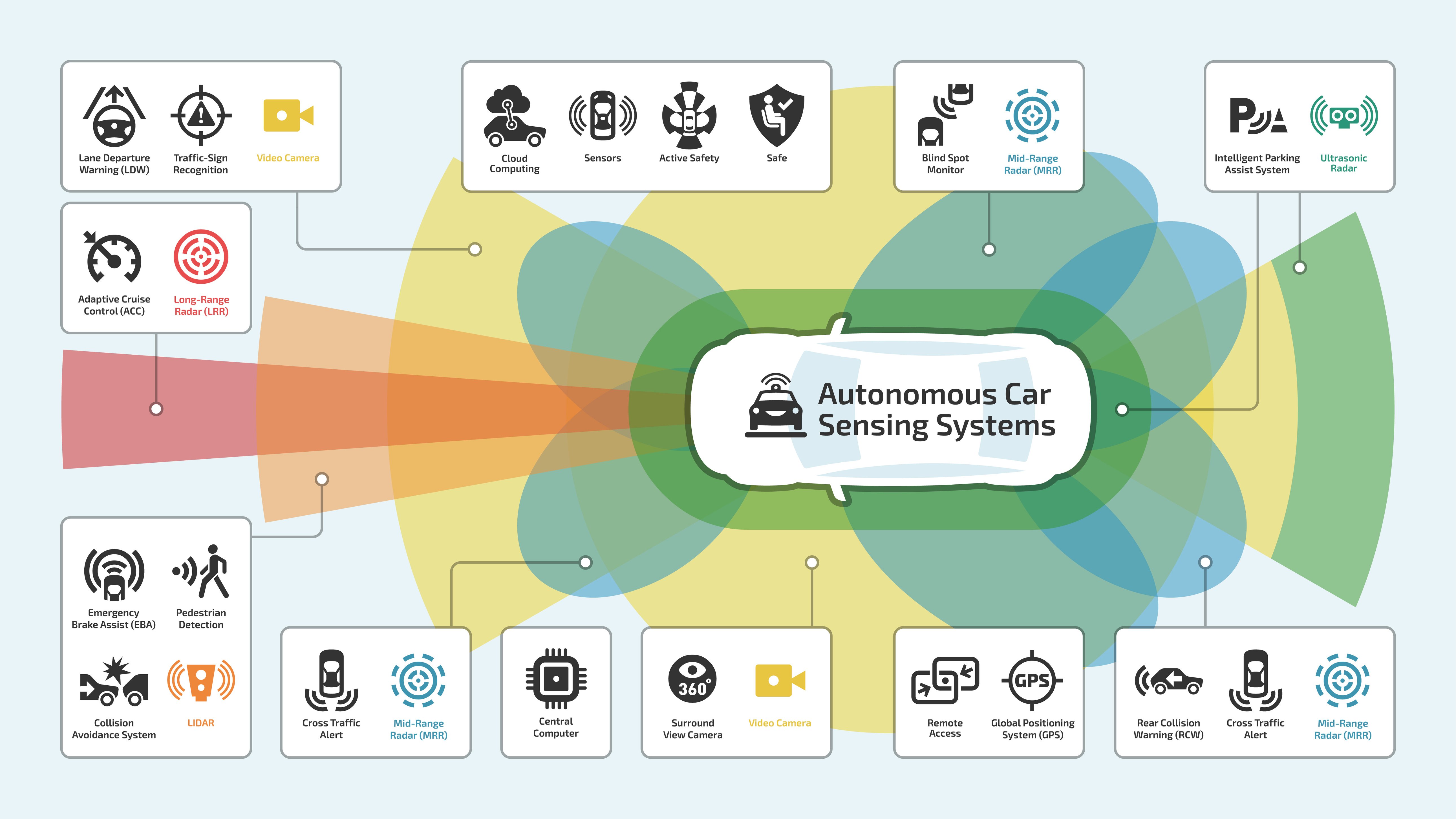
Navigation system: The most crucial component of an autonomous vehicle is its navigation system. This system uses GPS technology, radar, and other sensors to determine the vehicle's position and navigate it to the desired destination. It is also able to detect and avoid obstacles, as well as detect and identify traffic signals. Additionally, the navigation system can see changes in road conditions and adjust the vehicle's speed accordingly.
Obstacle detection: Another critical component of an autonomous vehicle is its obstacle detection and avoidance system. This system uses sensors, cameras, and radar to identify and detect obstacles in the vehicle's path. Once an object is detected, the system can take appropriate evasive action to avoid it. Obstacle detection must work extremely fast to ensure the vehicle's and its passengers' safety.
Communication system: In addition to navigation and obstacle detection systems, autonomous vehicles also have a variety of other functional components. These include a communication system, which allows the car to communicate with other cars; a control system, which controls the speed and direction of the vehicle; and a power system, which provides the car with the necessary energy to operate. Autonomous vehicles also have a variety of other components, such as a braking system, an airbag system, and an emergency braking system.
These components work together to allow the vehicle to drive safely and efficiently.
Sensors: What types are used in Self-Driving Vehicles?
Sensors are the eyes and ears of a self-driving car, allowing it to perceive its environment. Sensors detect and measure various data points, such as vehicle speed, acceleration, and direction. They can also estimate the distance between objects on the road and other vehicles or obstacles. 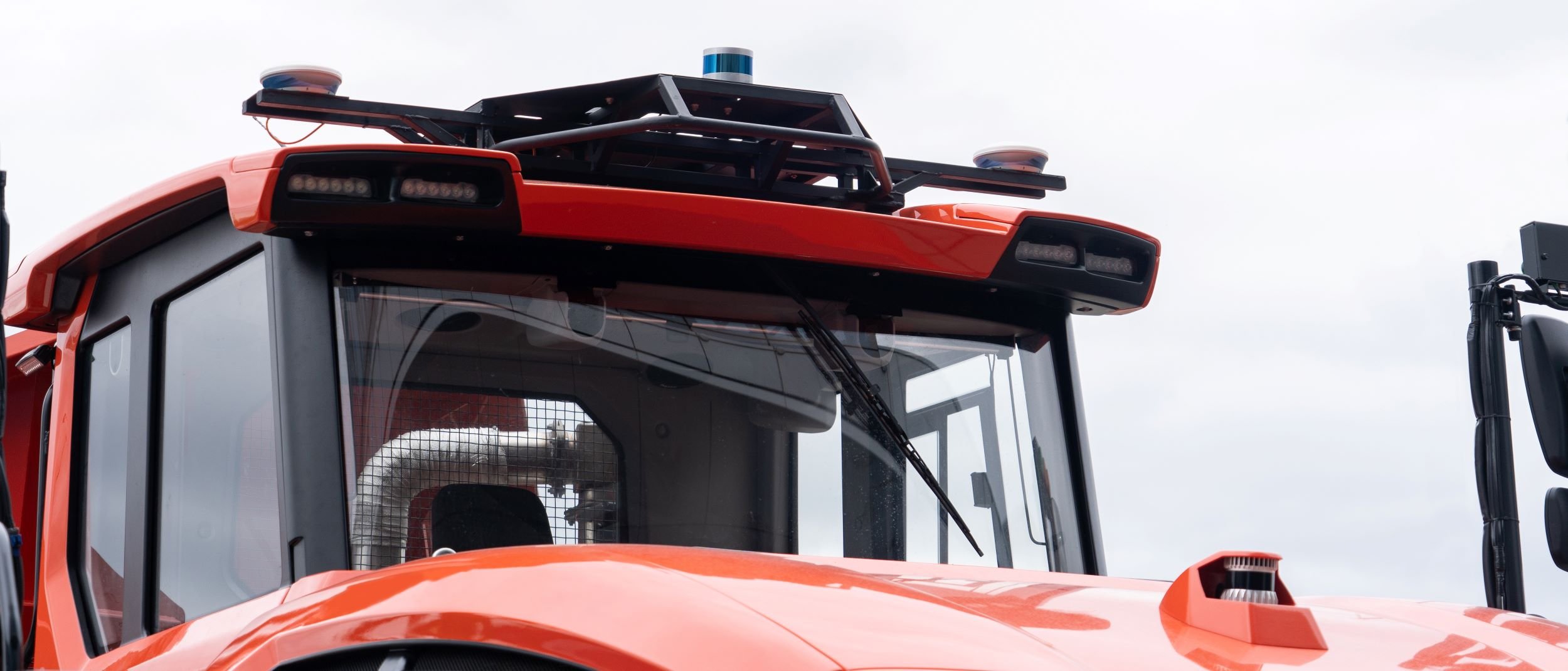
Radar sensor: One type of sensor used in autonomous vehicle systems is a radar sensor. The radar sensor is used to help the vehicle detect objects and measure their distance, speed, and direction of travel. Radar sensors can also sense the size and shape of objects in the environment. Vehicles must accurately detect and measure these objects as they navigate the surroundings.
Laser sensors: A laser-based sensor is another type used in autonomous vehicle systems. LIDAR(Light Detection and Ranging) is a laser-based system that helps vehicles to detect their environment by creating a 3D map of the surrounding. This is done by emitting laser beams in different directions and then calculating the time taken for the beam to return after hitting the obstacle, thus calculating the distance between the vehicle and the object. This technology is highly beneficial for self-driving cars, as it helps detect road boundaries, traffic signs, and lane markings. It also assists in detecting the presence of other vehicles, pedestrians, and animals on the road.
Cameras: Finally, cameras are used in autonomous vehicle systems to help the vehicle identify objects in the environment. Cameras detect objects color, shape, and size, which allows the vehicle to determine if it is safe to pass or if it needs to take evasive action.
Combined, these sensors allow self-driving cars to picture their environment in real time comprehensively. This data is then used to navigate the vehicle and make decisions.
Semiconductors: How do these components help self-driving vehicles navigate?
Semiconductors play a crucial role in enabling self-driving vehicles to navigate safely. In the world of autonomous vehicle navigation, semiconductors are the backbone of the technology. They are the essential components to detect and interpret the environment around them.
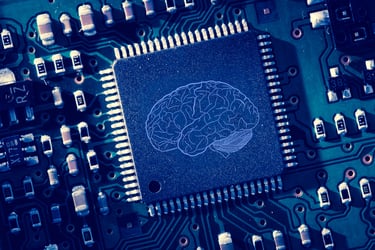
- Semiconductors are used in self-driving vehicles to detect and interpret data from the environment. This includes data from cameras, radar, lidar, and other sensors. The sensors detect obstacles in the background, and the data is then used to create a map of the environment. This map is used by the self-driving vehicle to determine its route and navigation.
- Semiconductors process data from the environment. This data is then used to create a 3D model; the 3D model is used by the self-driving vehicle to determine what the objects are, such as other cars, pedestrians, and traffic lights. This process allows the vehicle to identify the obstacles and plan an even more precise route based on the additional 3D data.
- Semiconductors also power the self-driving vehicle's Artificial Intelligence (AI) systems. AI systems are responsible for deciding the vehicle's route and how to react to different situations. They detect potential hazards and obstacles to determine the best path.
Overall, semiconductors are essential for enabling self-driving vehicles to navigate safely. They are used to detect and interpret data from the environment, create a 3D model of the environment, and power the AI systems. Without semiconductors, self-driving vehicles would not be able to navigate safely.
Cables: What roles do they play in self-driving vehicles?
The advent of self-driving vehicles has opened up an entirely new avenue for the automotive industry. Such cars are highly advanced and require several specialized components to work correctly. One such component is the cables that help to function self-driving vehicles.
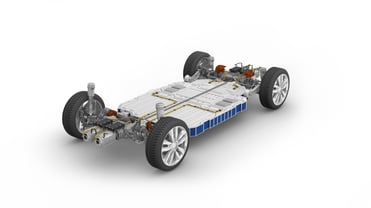
- These cables are made of different materials, such as copper, stainless steel, and other metals. They are designed to be highly durable and withstand the heat and vibrations generated by the car's engine. The cables are also designed to resist environmental corrosion, ensuring the vehicle runs smoothly.
- The cables are specifically designed for self-driving vehicles to control the motors and sensors. They are also used in the car's navigation system, allowing it to map the route and navigate safely. In addition, the cables enable vehicle communications systems. A highly efficient communication system contributes to the vehicle's awareness of its environment and allows for a more accurate decision-making process.
- The cables also help connect the car's components, such as the sensors, motor, brakes, and steering wheel, which are extremely important for autonomous self-sufficiency and decision-making. The cables are also designed to be highly secure, ensuring that the car's data is safe from malicious activity.
In short, self-driving vehicles require a variety of cables to function correctly and make the necessary decisions. These cables are specifically designed for the car, ensuring it can navigate safely and remain secure.
Software: How does it support the functionality of self-driving vehicles?
Self-driving vehicles are on the cusp of revolutionizing the way we travel. While the thought of cars driving themselves seems like science fiction, software-based systems are playing a significant role in making them a reality. Software is a vital component of the technology that enables the autonomous operation of self-driving vehicles.
- Software is the key to controlling the operation of self-driving vehicles and their navigation and safety features. For example, the software can be used to manage the vehicle's speed, acceleration, braking, and turning radius. Additionally, the software uses sensor data to detect and analyze objects in the environment, such as other vehicles and pedestrians. This helps the car to navigate its environment safely, as well as respond to any potential hazards.
- The software also provides an interface for the driver, allowing them to control the vehicle's operation. For example, the software functions are setting the destination, changing the speed, and managing the safety features. Additionally, the software can provide feedback to the driver, such as warnings when the vehicle is in danger of colliding with another object. Thus helping ensure that the driver is aware of what is happening in the environment and can make the necessary adjustments to avoid potential accidents.
- Finally, the software is used to monitor the performance of the vehicle. This includes tracking the vehicle's speed, fuel efficiency, and tire pressure. This is important as it allows for instant identification of potential problems with the car's systems and ensures that the vehicle runs optimally.
Overall, software plays an essential role in the operation of self-driving vehicles. It controls the vehicle's operation and provides an interface for the driver. Additionally, it can detect and identify objects in the environment and give feedback to the driver. Finally, the software can monitor the vehicle's performance, ensuring it runs optimally.
Safety: What measures are in place to ensure self-driving vehicles are safe?
Safety is a top priority for self-driving vehicles. As a result, manufacturers have implemented several safety measures to ensure these vehicles are safe. These measures include sensors, cameras, and software detecting obstacles and potential hazards. In addition, self-driving cars are equipped with emergency braking systems, which can activate if a collision is imminent. Lastly, self-driving vehicles are equipped with data logging systems, which record data and enable manufacturers to identify potential issues.
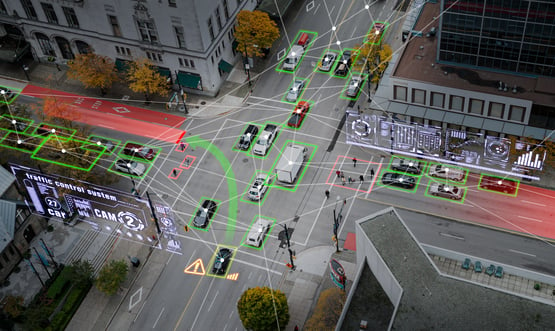
Conclusion
Self-Driving Vehicles are revolutionizing how we travel, and their functional components are a significant part of this revolution. Sensors, semiconductors, cables, software, and safety systems are all essential components of self-driving vehicles, and they work together to make these autonomous vehicles a reality. In addition, governments and manufacturers are developing laws and regulations to ensure the safety of these vehicles. As technology advances, self-driving cars can become a common sight on our roads.

